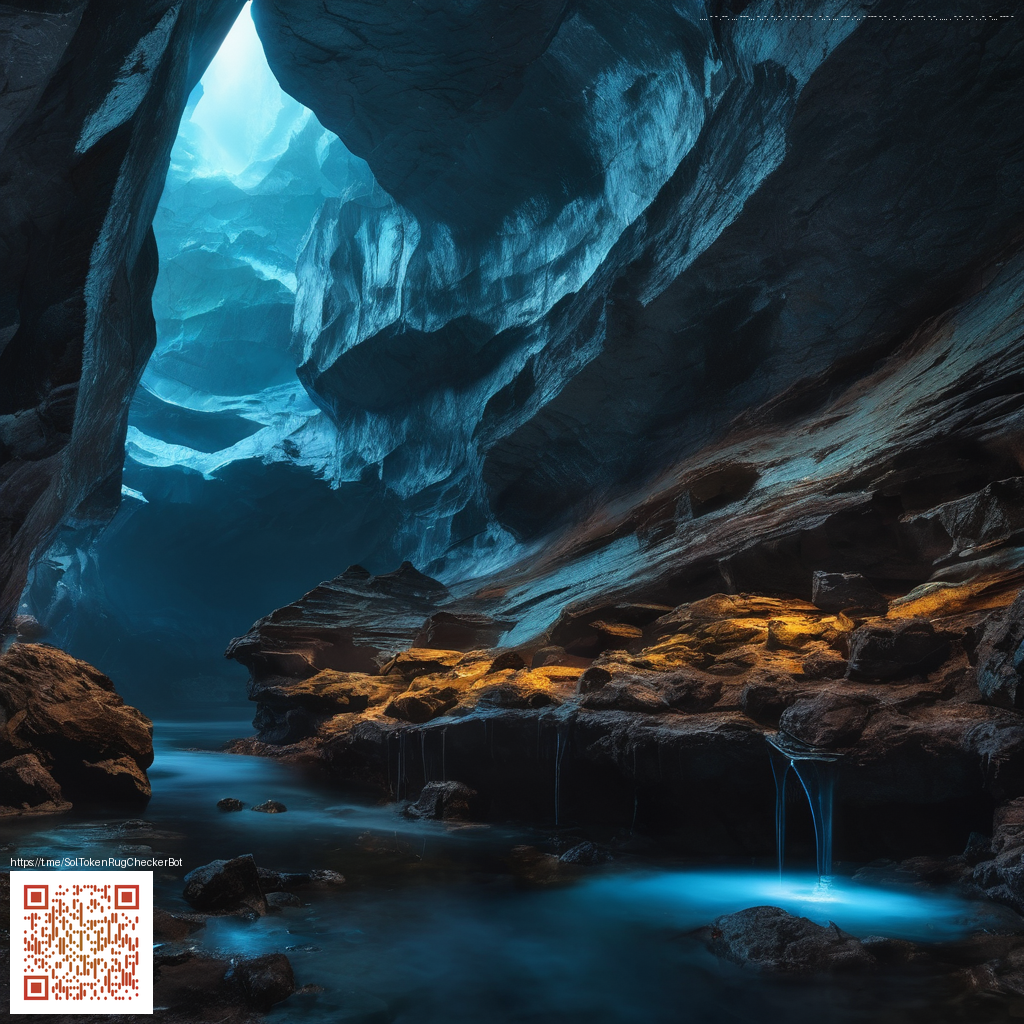
Graphics Showdown Across Platforms in a Space Horror Classic
When Dead Space 2 arrived in the wild back in 2011 the visuals were a talking point for fans across PC and consoles. The sequel refined the claustrophobic corridors and surgical horror of the original while showcasing how lighting, texture work, and post processing can shape mood. In this overview we compare how the PC port stacks up against the native console builds and what that means for immersion, performance, and long term appeal.
From a distance the PC version tends to look crisper when run at higher resolutions. Console iterations on PS3 and Xbox 360 had to fit within their hardware envelopes which means lower base resolutions and tighter compression in many scenes. On PC you can push textures to high settings, enable anisotropic filtering, and achieve smoother motion through higher frame rates. Even with era specific optimizations, the core atmosphere remains remarkably consistent across platforms, with the PC offering more room for fine detail in challenging environments. 💠
Lighting and shadow work reveal a clear distinction in practice. The flashlight beam, bloom on metal surfaces, and the way atmospheric fog threads through narrow hallways respond differently depending on the target platform. Console versions lean on baked lighting passes and fixed pipeline effects that hold the look steady but can soften certain subtle gradations. The PC build, when tuned, exposes finer shadow detail and more responsive post processing that enhances depth in dim rooms. 🌑
Performance is a practical factor that colors the experience. PC players often claim a stronger sense of motion and tracking when frame rates climb beyond the standard threshold, improving control during frantic encounters. Console players on older hardware may encounter more frequent pacing hiccups or a steadier but heavier feel during fast sequences. For many, the choice comes down to whether you prefer a locked cinematic rhythm or the flexibility to push for peak fluidity in action scenes. 👁️
Community voices shine in the modding scene. The PC community tends to gravitate toward texture upgrades, shader tweaks, and post processing adjustments that push fidelity beyond the baseline. Texture packs, ReShade style refinements, and shader parameter tweaks can reduce banding, sharpen distant surfaces, and fine tune color balance. This lively modding culture demonstrates how a port from over a decade ago can stay vibrant through public experimentation and shared know how. 💠
Developer perspective notes that the port aimed to preserve the art direction while letting PC players unlock extra fidelity through hardware capable settings
The practical takeaway is that a strong artistic vision anchors both versions, but PC hardware unlocks an extra layer of fidelity. If you value the sharpest textures and the smoothest motion, a capable PC with tasteful mods provides a denser, more arresting image. If you want a consistent cinematic experience on a couch or laptop, the console builds still deliver the atmosphere and storytelling with solid lighting and solid presentation. The balance reflects a broader trend in multi platform releases that honor the original art while inviting platform specific enhancements. 🌙
Interested in supporting the broader gaming ecosystem and a decentralized internet at large You can help keep independent voices and community driven projects alive by contributing to the donation drive below. This effort champions a network that values openness, resilience, and shared resources across borders.
Support Decentralized Internet